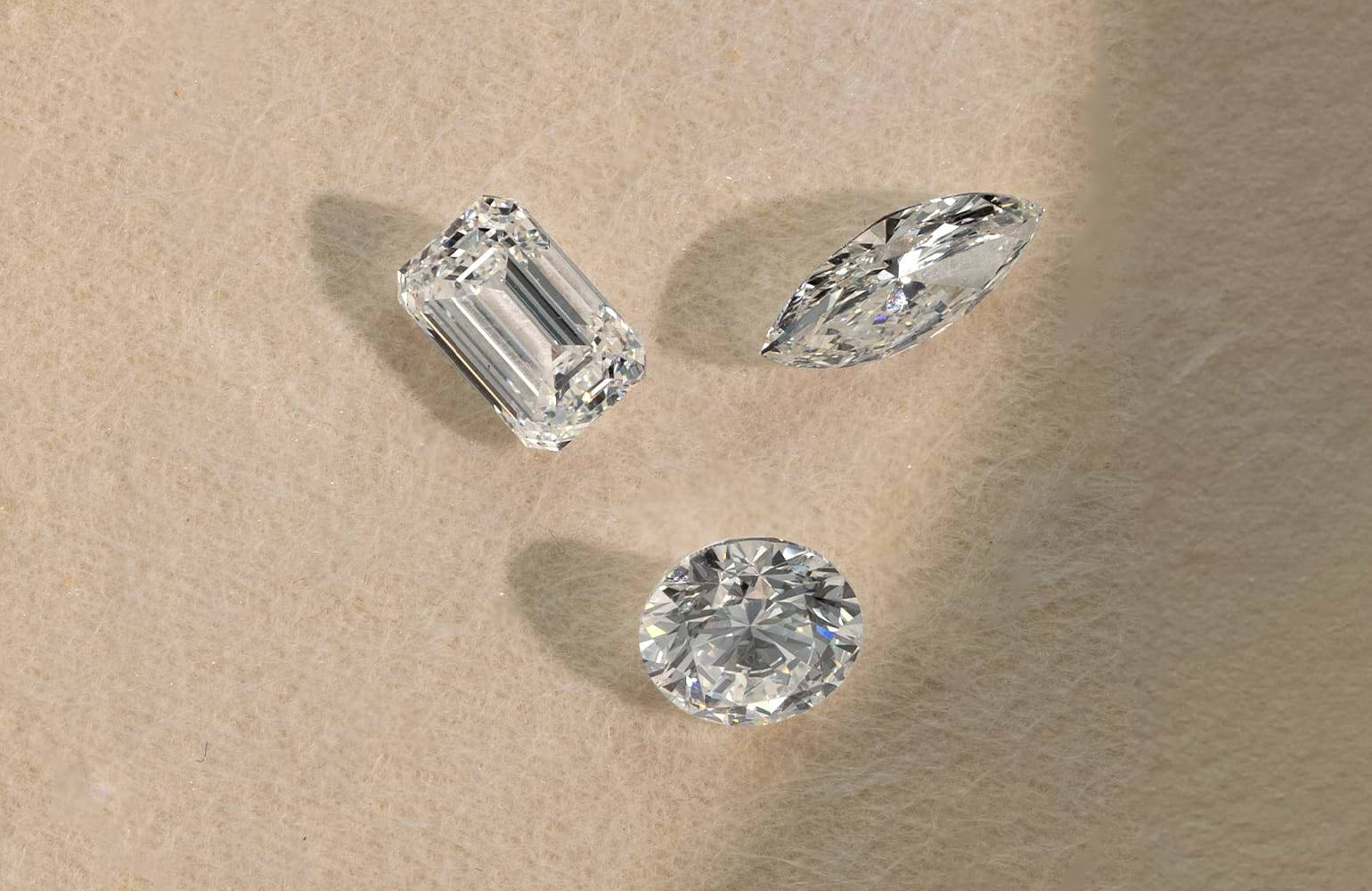In recent years, the jewelry industry has witnessed a revolutionary shift with the rise of lab grown diamonds. These diamonds, created in controlled environments through advanced technology, have become a popular alternative to traditional mined diamonds. Understanding the essential qualities of these diamonds, particularly the lab grown diamonds 4Cs, is crucial for anyone considering a purchase. In this article, we will explore the 4Cs of lab diamonds and explain how they impact the overall value and quality of these beautiful stones.
The 4Cs: A Guide to Lab Grown Diamonds
When shopping for lab grown diamonds, it’s important to consider the 4Cs: Cut, Color, Clarity, and Carat weight. These four factors are the standard for evaluating diamonds, whether they are lab-grown or mined. They determine the diamond’s overall appearance, rarity, and price. Let’s break down each of these characteristics to understand their relevance to lab diamonds.
Cut: The Shape and Brilliance of Lab Grown Diamonds
The cut of a lab grown diamond plays a significant role in its brilliance and overall visual appeal. Unlike mined diamonds, which may have natural flaws due to their formation in the Earth, lab diamonds can be cut with precision to maximize their sparkle. A well-cut lab diamond will reflect light efficiently, showcasing its true beauty. The cut also refers to the shape of the diamond—whether it’s round, oval, princess, or any other form. The quality of the cut is one of the most important factors in determining the aesthetic value of lab diamonds.
Color: Evaluating the Hue of Lab Diamonds
When purchasing lab diamonds, color is another key consideration. Diamonds are graded on a scale from D (colorless) to Z (light yellow or brown). Lab grown diamonds typically follow the same grading system as mined diamonds, with colorless diamonds being the most valuable. However, lab diamonds often come in a wider range of colors because their creation process allows for more controlled and consistent results. If you’re searching for a more affordable option, a diamond with a near-colorless grade can still offer excellent beauty and brilliance without the premium cost associated with colorless stones.
Clarity: Understanding the Purity of Lab Diamonds
Clarity refers to the presence of inclusions or blemishes in a diamond. Lab grown diamonds, like their natural counterparts, are graded based on their clarity, with flawless stones being the most rare and valuable. However, lab diamonds have an advantage in this category because the creation process allows for fewer imperfections. While some inclusions may still be present in lab diamonds, they are typically much less noticeable than those in mined diamonds. For buyers looking for a high-quality, visually clean diamond, lab diamonds offer an excellent option.
Carat Weight: The Size and Weight of Lab Grown Diamonds
Carat weight refers to the size of the diamond. The weight of a lab grown diamond is directly related to its size, and larger stones generally come with higher prices. However, the price-per-carat for lab diamonds tends to be lower than for mined diamonds, making it possible to purchase a larger stone for the same budget. Since lab grown diamonds are created in a controlled environment, they can be produced in various sizes and shapes to meet customer demands. Whether you’re looking for a small accent stone or a large statement piece, lab diamonds offer a wide variety of options.
The Cost-Effectiveness of Lab Grown Diamonds
One of the biggest advantages of lab grown diamonds is their cost-effectiveness. Due to the controlled process in which they are made, lab diamonds are generally more affordable than mined diamonds. This makes them an attractive option for those who want a high-quality diamond without breaking the bank. Despite being less expensive, lab grown diamonds do not compromise on quality or appearance. In fact, many buyers prefer them because they offer the same beauty and durability as natural diamonds, but at a fraction of the cost.
Ethical Considerations: Why Choose Lab Grown Diamonds?
Another significant reason people choose lab grown diamonds is their ethical appeal. Mined diamonds are often associated with environmental damage and labor exploitation. On the other hand, lab diamonds are created in a way that minimizes these issues. By choosing lab grown diamonds, consumers are opting for a more sustainable and ethical choice without sacrificing quality. The creation of these diamonds requires fewer natural resources and doesn’t contribute to the negative impact of mining on ecosystems and communities.
How to Choose the Perfect Lab Grown Diamond
When shopping for lab grown diamonds, it’s important to consider all the 4Cs—cut, color, clarity, and carat weight. Each of these factors will affect the look and feel of the diamond, as well as its price. If you are unsure about which lab diamonds to choose, it’s always helpful to consult with a knowledgeable jeweler who can guide you through the selection process. Remember, while it’s essential to consider the 4Cs, your personal preferences will ultimately help you find the perfect lab grown diamond that fits your style and budget.
The Future of Lab Grown Diamonds
The demand for lab grown diamonds continues to grow as more consumers recognize their value, beauty, and ethical advantages. With advancements in technology, the process of creating these diamonds is becoming even more precise and efficient. As lab diamonds become more mainstream, they are likely to play an even larger role in the jewelry market, offering consumers a sustainable and cost-effective alternative to traditional mined diamonds.
In conclusion, lab grown diamonds are an exceptional choice for those looking for quality, beauty, and ethical considerations in their diamond purchase. By understanding the 4Cs—cut, color, clarity, and carat weight—you can make an informed decision when choosing your lab grown diamond. Whether you’re purchasing an engagement ring or another piece of fine jewelry, lab diamonds provide the same lasting beauty and brilliance as their mined counterparts, with the added benefit of being a more affordable and environmentally conscious option.


